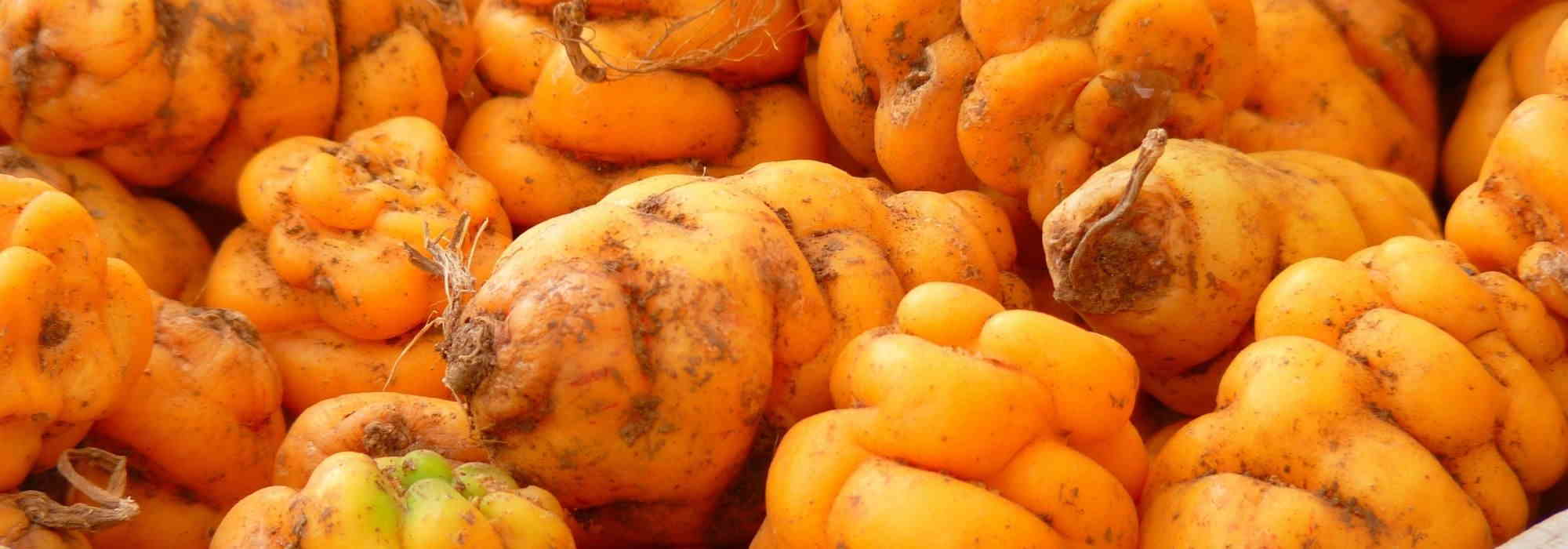
7 uncommon root vegetables
From planting to plate!
Contents
Among the earliest families cultivated in history, root vegetables were prized for their resistance to frost and pests. Thus, horseradish and salsify featured on plates in ancient Rome, as did parsnip in peasant kitchens during the Middle Ages.
But with the arrival of the potato, as easy to grow as it was productive, at the end of the 18th century, they gradually fell into obscurity.
Root vegetables then reappeared only in wartime to feed populations when the potato was reserved for soldiers’ rations. For a long time, rutabaga and Jerusalem artichokes suffered from this image, synonymous with famine for generations who experienced the world conflicts of the early 21st century.
Today, thanks to leading French Michelin-starred chefs and popular cooking shows, root vegetables are enjoying renewed interest, even becoming fashionable! Beyond the classic varieties (carrot, beetroot, kohlrabi, turnip, radish, ginger…), there are less common ones that we have decided to present here.
Discover our selection of 7 uncommon root vegetables: for each of them, we explain how to grow and how to eat them, from planting to plate!
Tuberous chervil, with a hazelnut flavour!
Resembling a short greyish carrot, le tuberous chervil is a 30 cm vegetable plant, introduced to France in mid-19th century. Sown in November, seeds are placed in rows 20 cm apart, before being covered with a little fine soil and pressed lightly with back of rake.
Tuberous chervil is harvested in July: to do this, simply pull it from soil, cut its dark green leaves and leave it to dry on ground. Then, store it away from light in a dry environment.
Ideally, this root vegetable should be eaten a few months after harvest so it develops more flavour. Rich in vitamins A, B, C, and in mineral salts (potassium, magnesium…), it is eaten raw (like radishes) or grated, but also cooked, whether in pot-au-feu or in a stew. Its flesh, melting and sweet, delivers a nutty flavour that pairs well with meat (red or white), as well as with scallops when cooked into a purée.
Cook’s tip: slightly mealy, its flesh should not be steamed for more than 5 to 8 minutes!
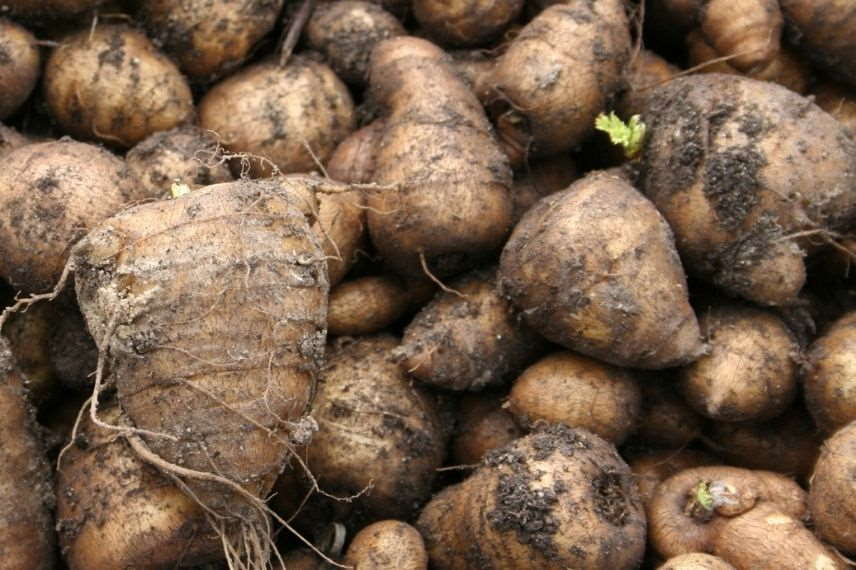
Read also
Root vegetables: 7 essential varietiesCrosne, sweet with a flavour reminiscent of artichoke heart and salsify!
Of unusual shape, Japanese crosne resembles a large caterpillar, a slightly swollen white rootstock. Although native to Asia, its name refers to village in Essonne that first cultivated it at end of 19th century. Sown from April to May, young plants of crosne must be spaced 40 cm in all directions: after digging hole three times size of rootball, simply cover with thin layer of soil, firm and water lightly.
As this root vegetable is cold-hardy, harvest can take place between November and March, as required and when foliage has completely disappeared. To do this, simply pull it gently from soil and eat within two days: otherwise better leave in ground.
Gardener’s tip: by mulching soil with layer of grass clippings mixed with dead leaves, you provide extra protection to plant that will reduce weeding and make winter harvest easier.
Rich in water and mineral salts in its skin (potassium and phosphorus), rub with coarse salt before rinsing thoroughly with water. Then, it can be eaten raw (pickled in vinegar) or cooked by steaming: its flavour, fairly sweet, resembles that of artichoke heart or salsify.
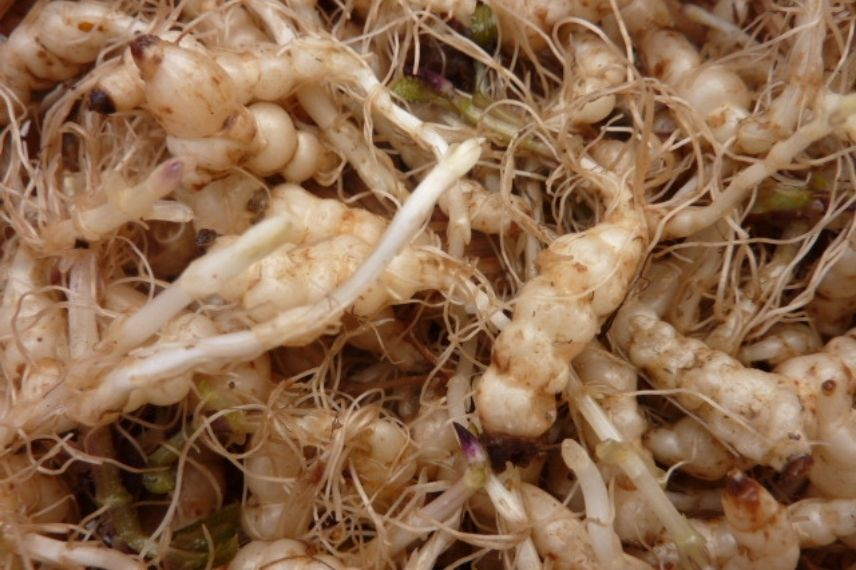
Discover other Vegetables by variety
View all →Available in 1 sizes
Available in 1 sizes
Available in 1 sizes
Available in 1 sizes
Available in 1 sizes
Available in 1 sizes
Available in 1 sizes
Available in 1 sizes
Available in 1 sizes
Available in 1 sizes
Peruvian oca, related to sorrel and potato
Also called “acid truffle”, Peruvian oca is a swollen tubercle with a smooth skin and colours ranging from yellow to red. Planting is done using tubercles, in loosened soil enriched with well‑rotted compost, in a sunny or partly shaded spot. Sown outdoors between April and May, at 35 cm on the rank and 70 cm between ranks, plant with the sprout facing upwards, at 5 cm depth. After covering with a fine layer of soil and pressing lightly, water abundantly.
Harvest takes place between November and December, when foliage of the Peruvian oca has died back. For this, gently lift tubercles as required, then leave to dry for a few days in sun and dry conditions to reduce their acidity. Storage can be for several months, in a cellar or in very dry sand.
With a texture similar to potato and a slightly lemony taste reminiscent of sorrel, this root vegetable is eaten cooked only – whether stewed, with oxtail, roasted with Brussels sprouts to play with the flavours, or mashed, fried or sautéed.
Cook’s tip : When young, leaves of the Peruvian oca are edible and can be eaten in salads, ideally in mixed salad leaves: they are harvested throughout the season as needed.
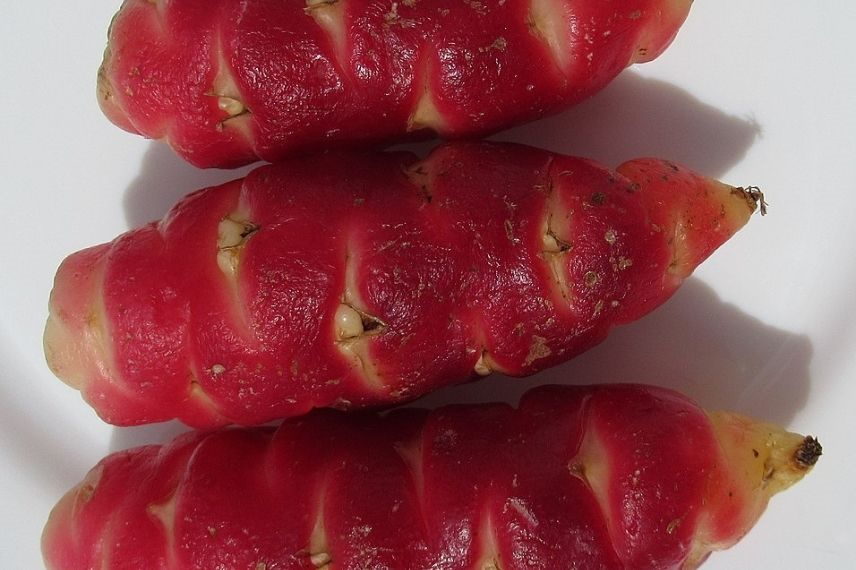
→ Find out more with our advice sheet Peruvian oca: cultivation, planting, harvest
Yacon, sweet with a granular texture like a pear!
Also called “earth pear”, Yacon is a perennial plant bearing a fleshy tubercle, with white flesh and a granular texture reminiscent of pear. Sown in deep, rich and cool soil, in a sunny spot, between May and June (well clear of risk of frost), its young plants must be spaced 1.5 m apart in all directions. For each, dig a hole three times the volume of the root ball, cover with fine soil, tamp down and water.
Harvest takes place between October and November, when Yacon leaves have withered. Then, pull up whole stumps, collect tubercules and dry them for a few hours on soil if weather is dry. Then, earth pear can be stored for several months in a cool, dry place away from light, ideally in dry sand.
Raw, it is refreshing, slightly sweet and juicy: grated into thin slices, it blends perfectly into an orange salad. Cooked, it keeps its crunch and pairs well with spicy, fragrant exotic dishes.
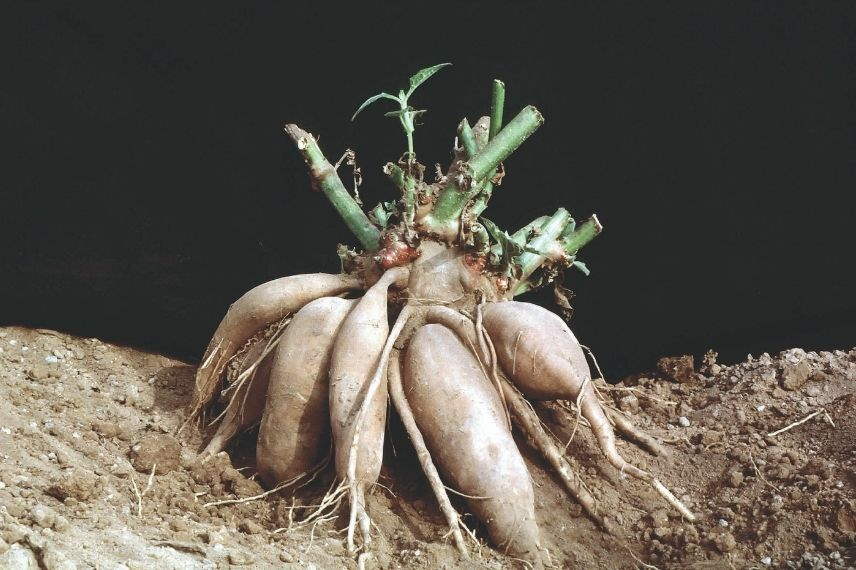
Hélianthi, with a delicate flavour reminiscent of artichoke!
Helianthi is a vegetable plant, with elongated pale-beige tubercles and decorative flowers, resembling sunflowers. Belonging to same family as Jerusalem artichokes, it is native to North America. Plant between March and April in loose, rich and well-drained soil, 10 cm deep; tubercles favour sunny, sheltered spots. Space them 70 cm apart in all directions.
Carried out from January to March or from November to December, harvest consists of lifting tubercles when foliage has blackened. They should then be eaten promptly, within 2 to 3 days. Despite its knobbly appearance, Helianthi is a tasty root vegetable, with juicy, sweet flesh.
Rich in fibre, with a good potassium-to-sodium ratio, it takes a long time to peel, but cooks very quickly – whether pan-fried, puréed, au gratin, steamed, roasted or braised. It can be paired with other vegetables and served with meat or fish. Raw, it is served in salad with a shallot or mixed berry vinaigrette.
Cook’s tip : Helianthi should be eaten in small quantities, as it can be hard to digest. Learn more about this delicious vegetable in Helianthi: how to harvest, preserve and cook it, and in Helianthi soup: a velvety comfort for winter.
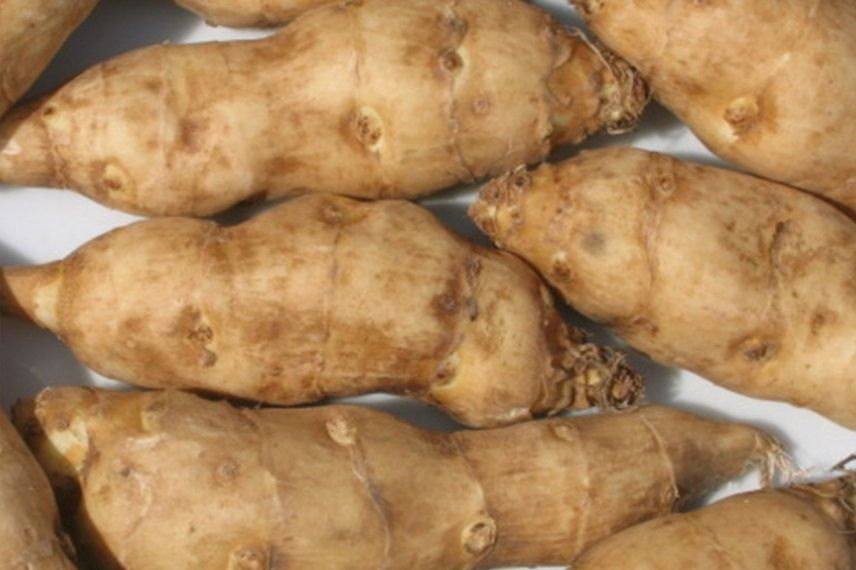
Tuberous nasturtium, with a delicate, aromatic flavour!
Under its Latin name Tropaeolum Tuberosum, tuberous nasturtium is a climbing plant – magnificent in a garden with its orange flowers and delicious on the plate (leaves, flowers and tubercules are edible).
Planted between March and April, in fresh, light and well-drained soil, at a depth of 10 cm, its tubercules should be spaced about 1 m in all directions.
Flowering in summer, the tuberous nasturtium produces orange trumpets, with long leafy stems. Its fleshy roots take the form of an elongated pear, 5 to 15 cm long, pale yellow in colour, streaked with purple.
For this root vegetable, everything is edible: its leaves and flowers are eaten in salads, raw tubercules have a piquant flavour and pair well with cabbage, beetroot or cucumber. Once cooked, they lose that character to become sweet, rounded on the palate and rather aromatic: some evoking violet, others liquorice or pepper. They can be cooked in water, pan-fried or prepared as a compote and sweetened with molasses.
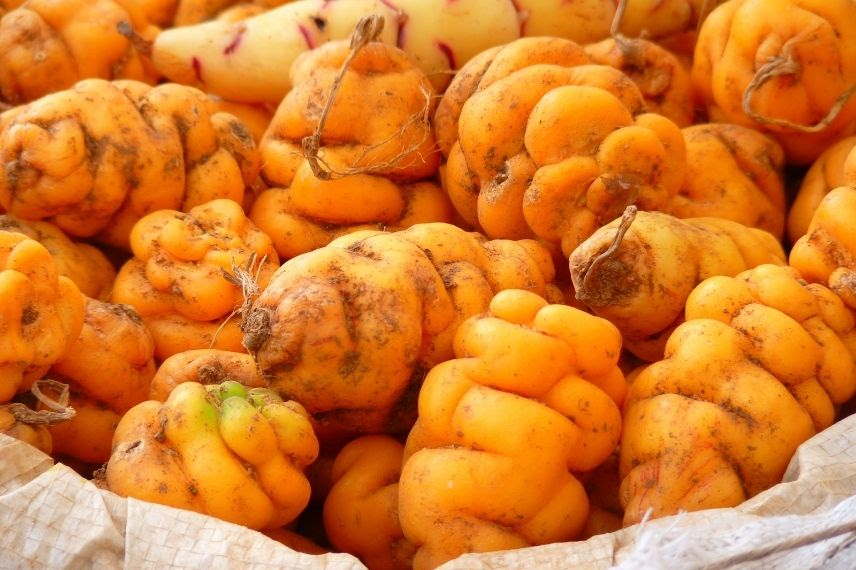
Scorzonera, with delicate salsify flavour
Also “Black salsify”, the Giant Black Russian Scorzonera is a perennial vegetable producing tasty roots with black skin and white flesh. Sown from March to May, in well-prepared soil (rich, cool, deep and loosened), spaced 25 cm apart, seeds will germinate within 20 days. When young plants have 4 to 5 leaves, keep one every 10 cm, hoe and water regularly.
Harvest of this root vegetable takes place from October onwards, gradually as required, because it only keeps for a few days in cool storage once lifted. Of course, it can be blanched in boiling water before freezing.
Rich in vitamins A and C, as well as calcium, iron and magnesium, Giant Black Russian Scorzonera should be eaten cooked only — fried or in salads, with a little cream or butter.
→ Find everything about Scorzonera in our info sheet Scorzonera: sowing, care and harvest
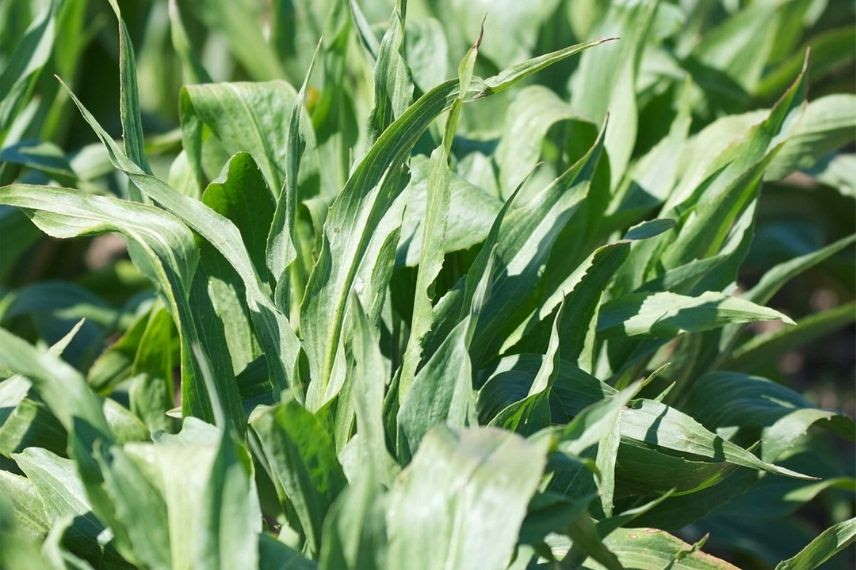
- Subscribe!
- Contents
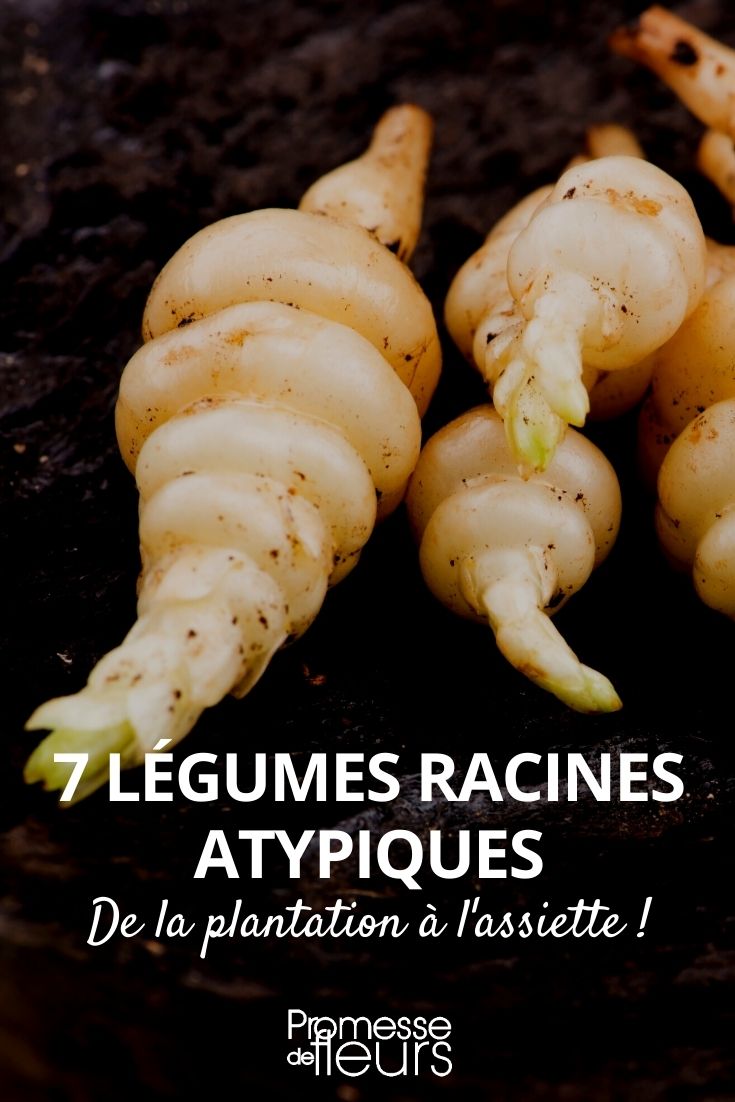































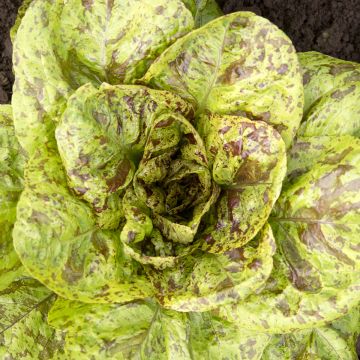
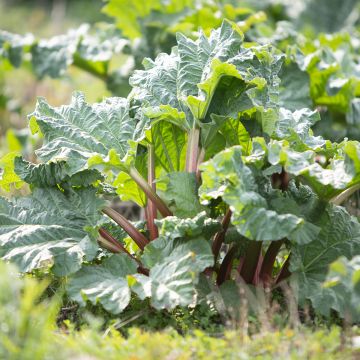
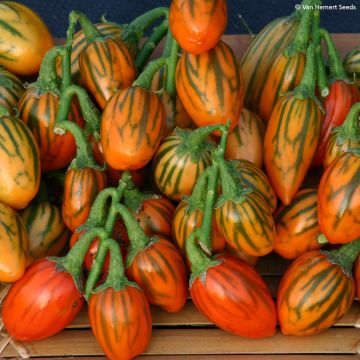
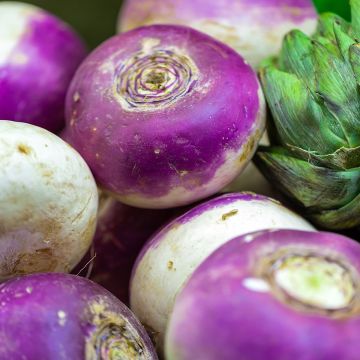


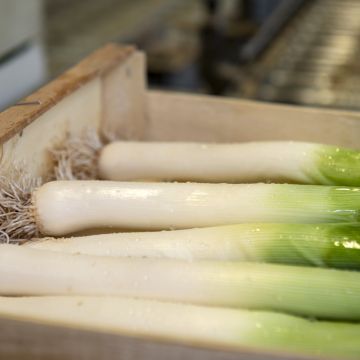
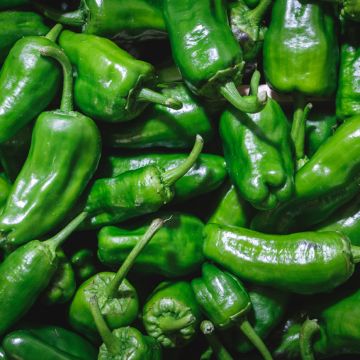
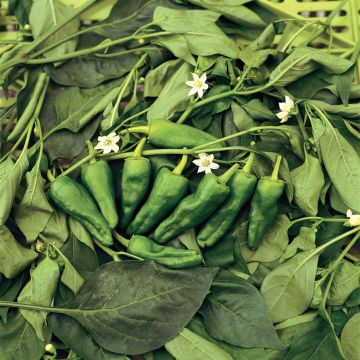
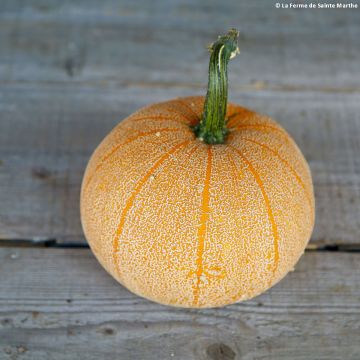
Comments